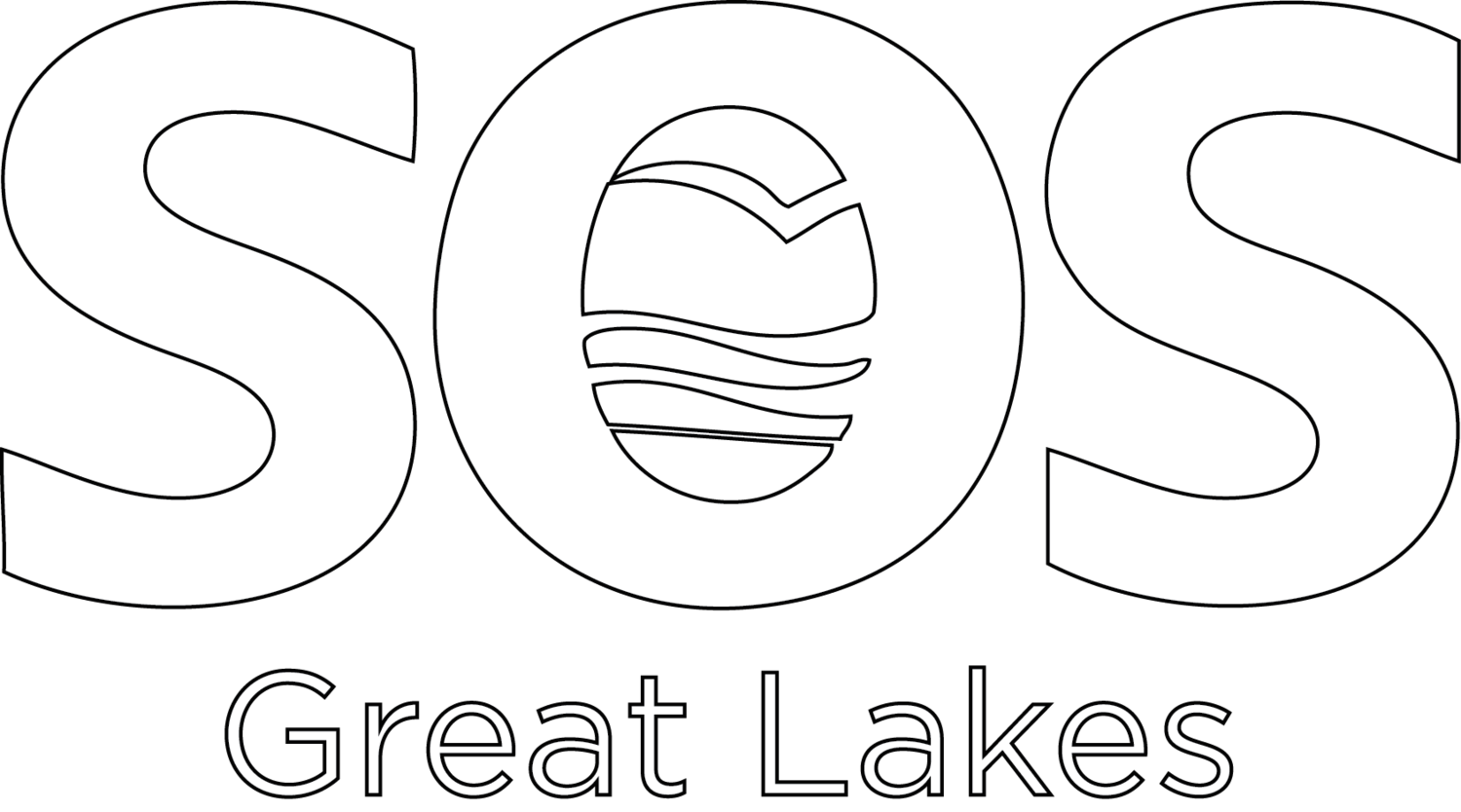The consideration of sustainability is a requirement of the Canadian Environmental Assessment Act (CEAA) in the development of projects that have the potential to affect human health, social and cultural well-being our economy, and the environment. How then could OPG state, and then the Joint Review Panel conclude, on page 41 of its final report, that the application of sustainability principles was ’not readily applicable to this project’?
In January 2009 the Canadian Government approved the Environmental Impact Statement (EIS) Guidelines and Terms of Reference (TOR) for the JRP for DGR 1 in Kincardine. The EIS Guidelines identified the information OPG had to provide to prepare the EIS including the detailed analysis of the potential environmental effects of the proposed project. The JRP Agreement established the terms of reference for the JRP, and how it would function in its consideration of the license application to prepare a site and construct a facility. Both documents were signed by the Conservative Minister of the Environment Jim Prentice, and the President of the Canadian Nuclear Safety Commission Michael Binder.
The CEAA, EIS Guidelines, and JRP TOR each specifically state the requirement that the proponent and the panel consider sustainable principles in designing and evaluating the DGR.
The CEAA says (Section 4), “The purposes of this Act are (…) to encourage federal authorities to take actions that promote sustainable development in order to achieve or maintain a healthy environment and healthy economy.” Elsewhere, the CEAA defines sustainable development as “[d]evelopment that meets the needs of the present, without compromising the ability of future generations to meet their own needs”.
The TOR (Part IV) describes the scope of the Environmental Assessment to be produced by OPG and this must include a consideration of the “[c]apacity of renewable resources that are likely to be significantly affected by the Project to meet the needs of the present and those of the future”
The EIS Guidelines (Section 6) define sustainable development as “[…]development [which] seeks to meet the needs of present generations without compromising the ability of future generations to meet their own needs”. And, Section 15 “Capacity of Renewable Resources”, required that the EIS describe the effects of the project on the capacity of renewable resources to be significantly impacted by the DGR, i.e., how resource use, productivity, or carrying capacity might be affected.
The OPG EIS demonstrated none of the requirements that had been mandated by the CEAA and TOR to achieve sustainable development. They dismissed the requirement of their proposal to advance a healthy environment and healthy economy; did not advocate for the right of future generations to meet their own needs for health, clean water, and clean air across a broad geographic region and for hundreds of generations; and did not evaluate the capacity of renewable resources to retain their value or ability to be sustained despite the project. It did not consider that damage to non-renewable resources that could result in a totally unsustainable environment.
OPG presented insufficient, incomplete, and misleading information on the capacity for the DGR to be a sustainable industry, skipped key steps in the evaluation process, and ignored likely and potential negative effects on the broad range of interrelated ecosystems (including the human population and the whole of the Lake) that could render those systems unsustainable at any time in the term of use. It did not evaluate cumulative effects of potential damage. It did not investigate a time frame of resilience. It did not address the ways in which alternative sites and means might reduce the impact of the radioactive waste disposal to create a model of greater sustainability, with less risk of damage to its context.
Examples of Flawed Decisions
OPG, and then the JRP, considered that significant environmental effects of the DGR and its contents on water, air and land were not of consequence if these effects might be reversed over time, even when that time frame is in the millions of years.
The Chair of the JRP, Stella Swanson, further compromised the requirements of the CEAA by stating explicitly in the Socio-Economic Special Session that socio-economic concerns that could affect the sustainability of the region in the short and long term would not be sufficient to dismiss the DGR Project.
The JRP went further when it concluded that a DGR on the Bruce site was more sustainable than a DGR at an undeveloped off-site location because transportation off site did not meet sustainability criteria. It made this judgement with no description of alternative means or actual alternative sites, and no account of the relative sustainability of alternatives.
In its final submission to the JRP, the Canadian Environmental Law Association notes that the idea of the protection of future generations in the JRP Report is flawed: “the operational phase of the DGR may be measured in mere decades, but it will leave an incredibly toxic legacy (and an unknown socio-economic burden) to countless future generations (over a number of millennia) who are not here to speak about their willingness (or unwillingness) to accept long-term costs, risks or impacts”.
Clearly abdicating its obligations to rule on the protection of the health and environment of future generations, the JRP Report addressed the issue of long term future effects as not assessable, and therefore, not a factor for evaluation, because “OPG assumed that such effects would have no impact beyond the life of the project and that the environment would return to existing conditions”. (JRP p. 41) The JRP could have corrected OPG at any time by requiring it to adhere to the governing documents.
The JRP conclusion does not meet the test of the CEAA, the TOR or EIS Guidelines. One can only hope that the new Liberal Government has the courage to challenge the decision of the JRP based on its commitment to sustainability and the right of future generations to meet their own needs.


